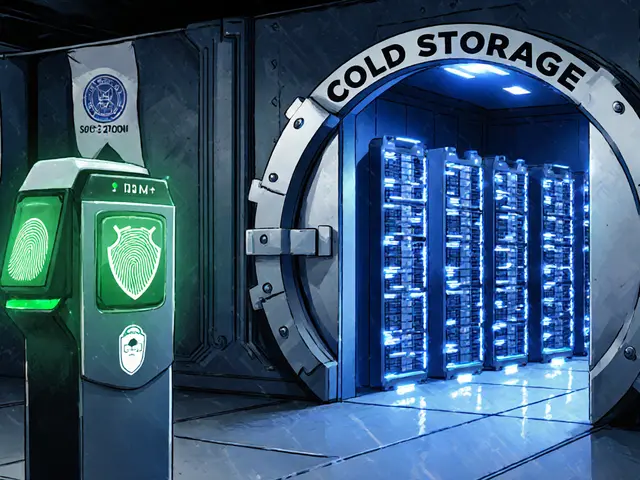Binance P2P – Peer‑to‑Peer Crypto Trading
When working with Binance P2P, a platform that lets users buy and sell cryptocurrencies directly with fiat using local payment methods. Also known as Binance Peer‑to‑Peer, it bridges the gap between traditional money and digital assets. Binance P2P is part of a larger peer‑to‑peer trading ecosystem where individuals match orders without a central order book, and it relies on the infrastructure of a crypto exchange that provides wallet services, market data, and dispute resolution.
The core idea is simple: a seller lists a price for a crypto‑fiat pair, a buyer connects, and the trade settles once the payment is confirmed. This model enables direct market access (Binance P2P encompasses peer matching), requires identity verification (P2P trading requires KYC for security), and influences local liquidity (crypto exchange affects P2P activity). Because the platform holds the crypto in escrow, both parties get protection while the fiat moves off‑chain.
Key Features and Why They Matter
First, the range of fiat on‑ramps supported by Binance P2P includes bank transfers, mobile wallets, cash deposits, and regional payment services means you can use the method that’s cheapest and fastest in your country. Second, the fee structure is transparent – most trades are fee‑free for the buyer, and sellers only pay a small commission, which makes the platform attractive for everyday users. Third, the built‑in reputation system and escrow service provides trust without needing a third‑party mediator.
Security isn’t an afterthought. Binance monitors transactions for suspicious patterns, and the escrow holds the crypto until the seller confirms receipt of fiat. Users can also enable two‑factor authentication and device‑binding to harden their accounts. The platform’s compliance team works with regulators, so you’ll often see regional restrictions that prevent illegal money‑laundering while still keeping the marketplace open.
Beyond the basics, Binance P2P ties into the broader crypto ecosystem. For example, you can move assets from the P2P wallet to Binance Smart Chain or other DEXes for staking or yield farming. This connects peer‑to‑peer trading with decentralized finance opportunities, letting you turn a simple buy‑sell into a gateway for further DeFi actions. The tag collection below reflects that synergy – you’ll find guides on exchange security, staking tax, airdrop claims, and global regulation, all of which shape how you use Binance P2P safely and profitably.
Ready to put the theory into practice? Below you’ll discover step‑by‑step tutorials, safety checklists, and market insights that help you navigate Binance P2P, avoid common pitfalls, and make the most of every trade.




